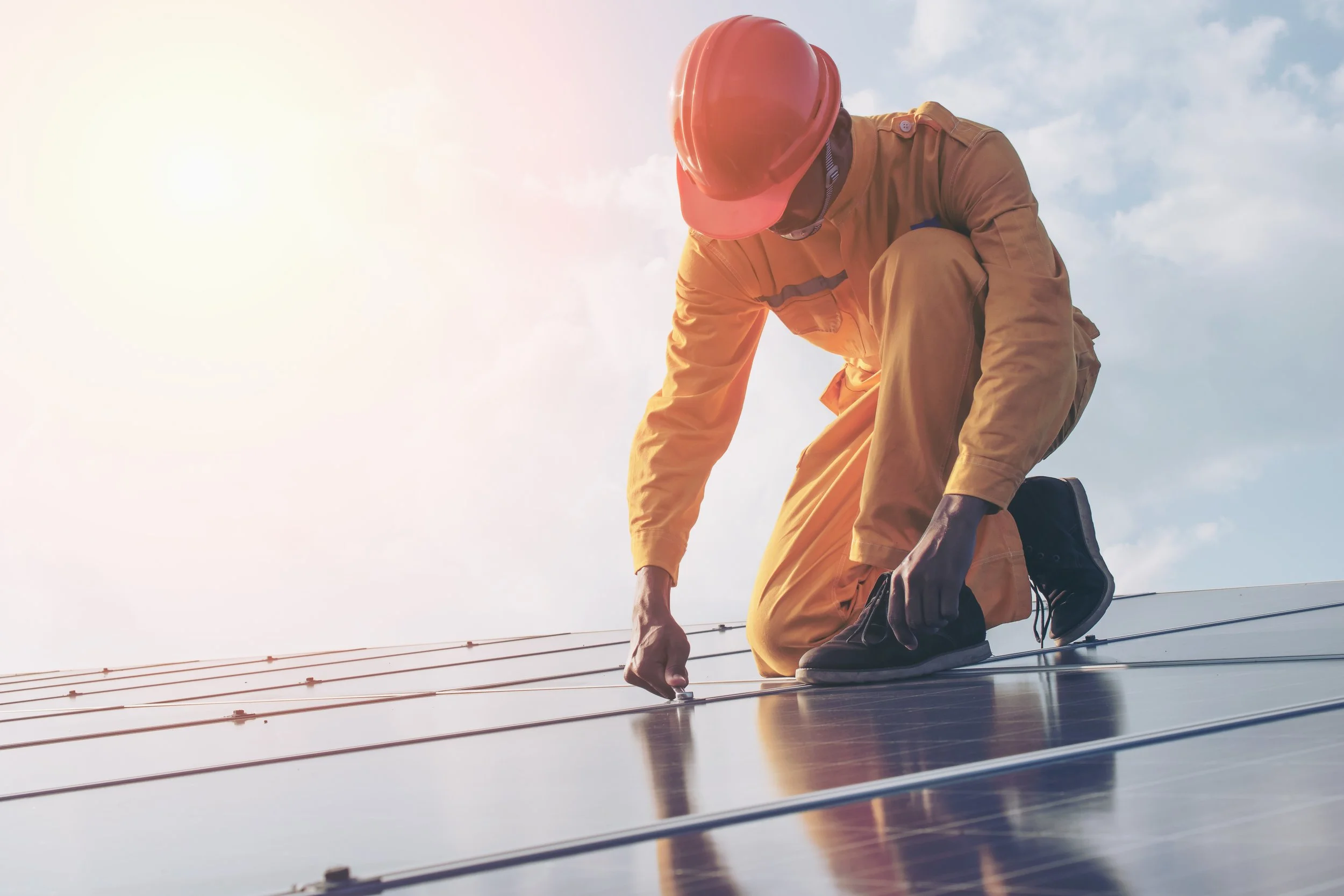
“We offer complete solutions with harnessing the power of renewable energy , automation and integration of smart grid to deliver significant benefits.”
Buildings presently account for approximately 40% of the world’s energy consumption, and that figure is on the rise. Experts project that energy consumption in buildings will increase substantially in the world’s most populous and fastest-growing countries, such as China and India. Beyond energy use, buildings also are responsible for nearly half of all greenhouse gasses, specifically carbon dioxide. The prevalence of green buildings is growing all around the world, encouraged and frequently even required by both client demand and government policies. The net-zero energy goal being widely adopted requires a significant reduction of building energy consumption as well as the integration of clean, renewable local generation.
Building owners and facility managers are facing increasing pressures to reduce their energy consumption as national and local governments adopt more stringent sustainable energy policies. Regulations in some countries will even require by 2025—and in some cases by 2020—that all new buildings are neutral (a.k.a., net-zero) or even positive about energy—which means that the building will have to produce at least as much as energy as it consumes.
How can this be accomplished? There are three separate but complementary approaches to reducing building energy consumption:
· Implementing energy efficiency measures
· Integrating renewable energy sources
· Integrating of smart energy grid
To achieve optimal results and optimize investment, building energy efficiency measures should be considered first. This is especially true for existing buildings, where investments usually are made progressively over time.


